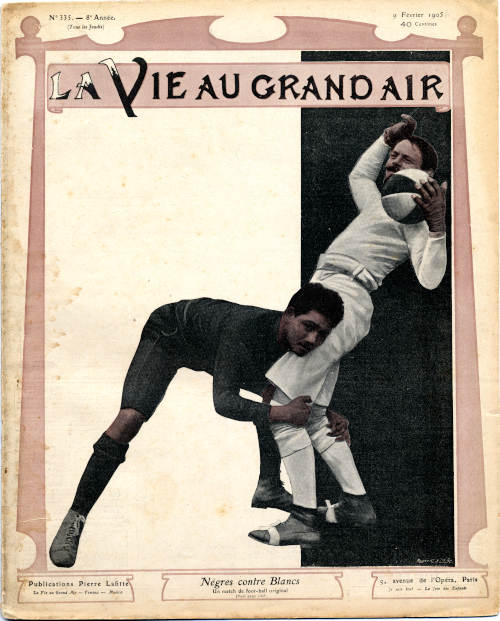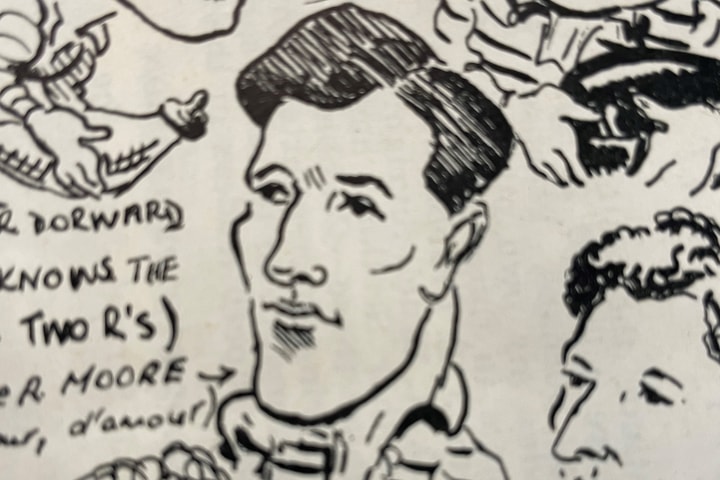As Black History month draws to a close we thought we
would share the story of French rugby international Georges
Jèrôme.
Born in French Guiana in 1883, a young Georges Jèrôme left his
homeland for continental France, where he dedicated much of his
adult life to rugby. A lock forward, Jèrôme played for several
French clubs, the most successful being Stade Français, with whom
he won the Championnat de France in 1903 and was runner-up the
following four years. Jèrôme was selected to play in the back row
for an uncapped French game against Ireland in 1905, and he
captained the 'Blacks' team in France's 'Blacks against Whites'
match that same year at Parc des Princes, Paris.

He made his official debut for France on 1st January 1906
against New Zealand's famed 'Originals' side. This game was not
only France's first capped international match, but one of the
first official international games to feature
non-white players - Georges Jèrôme and André Vergès. Jèrôme
proved his worth on the pitch, scoring a try against a strong All
Blacks team. His second and final international took place against
England on 22nd March 1906; the same match in which the French
unveiled their first tricolour outfit. Following his playing
career, Georges Jèrôme dedicated much time to coaching rugby in
Périgueux and Villeneuve-sur-Lot and refereeing in the South-West
of France.
Jèrôme is honoured in the Rugby Pioneers gallery at the
World Rugby Museum.







